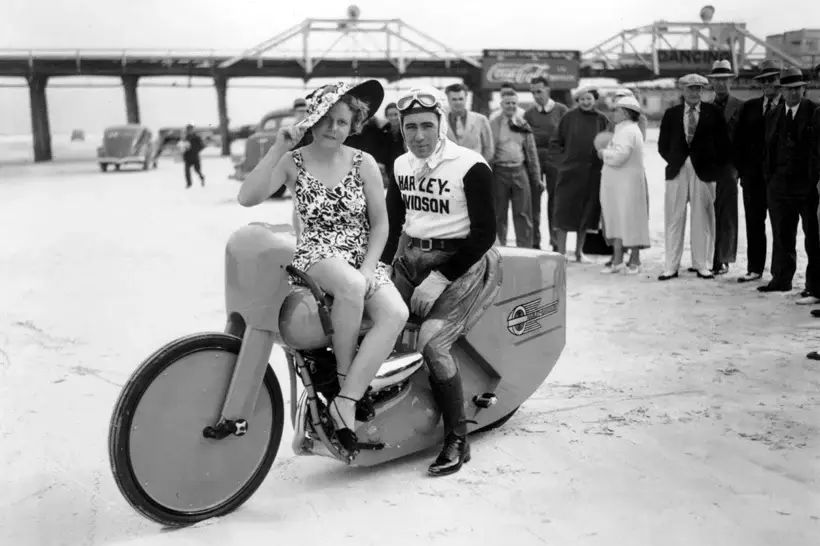
"Garments usually find immortality when we stop using them for whatever they were designed to do. Silhouettes relax, fabrics soften. Rugby and polo shirts, bomber and letterman jackets-even jeans, first designed for miners, have made the jump from work- or sportswear to common clothes. Since Woodrow Wilson was in office, Dehen has made letterman cardigans, varsity jackets, and moto sweaters largely on contracts with schools and clubs."
"Remarkably hefty sweaters is the answer (each weighs three to four pounds), ones made with regionally sourced wool and clanked out on the family's mammoth iron knitting machines. Popular trends have created a new audience for these classic designs, but Lee describes the company's interest in maintaining them as exactly that-carrying on a tradition. "It's not a costume," he says, but adds that the company has no interest in gatekeeping."
Motorcycle sweaters began as burly outer layers and evolved in the 1930s into quarter-zip turtlenecks meant to be worn beneath leathers, featuring extended hems and cuffs. The silhouette is blousy across the shoulders and cinched at the waist, creating an androgynous, rock-inflected look. Dehen of Portland has produced letterman cardigans, varsity jackets, and moto sweaters for decades and repositioned its factory as Dehen 1920 in 2011 to sell heritage knitwear directly. The brand mills heavy, three- to four-pound sweaters from regionally sourced wool on large iron knitting machines, keeping classic construction while slightly shortening current cuffs and hems.
Read at Portland Monthly
Unable to calculate read time
Collection
[
|
...
]